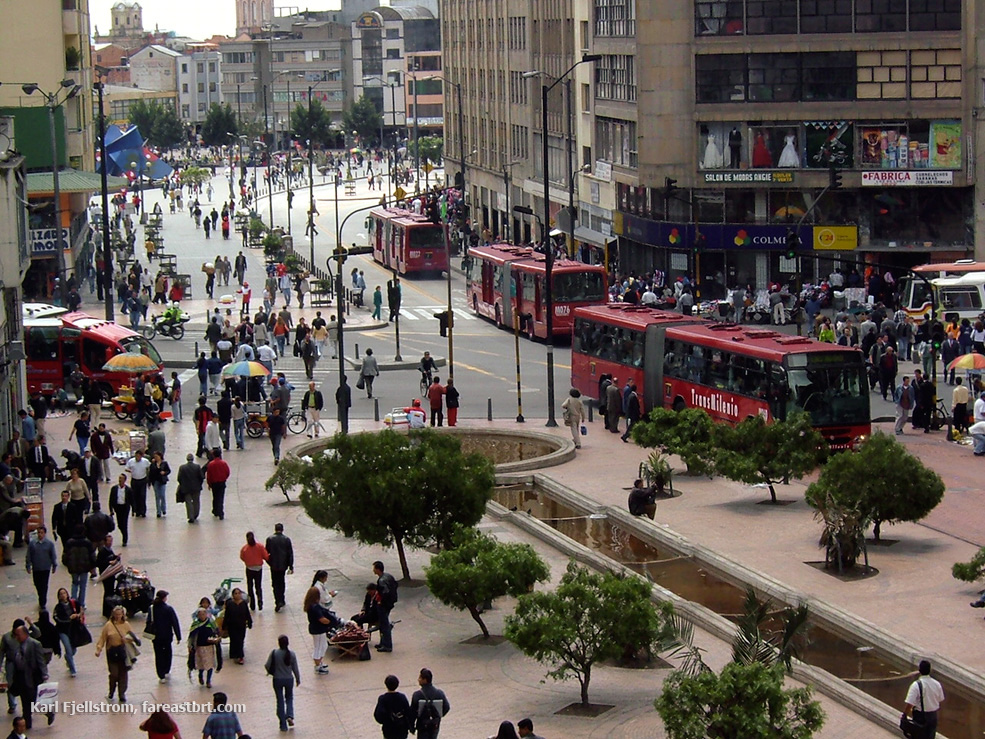
The Ministry of Environment and Energy has decided to include in the long-awaited bill for urban regeneration the urban “tool” for the development of pedestrian shopping centers, the so-called “Transit Malls”. In essence, this is a complex of shopping streets, or a shopping street where, unlike the classic shopping sidewalks, like Athens’ “Ermou” Street, the transit of public transport is exceptionally allowed.
Thus, as part of a regeneration program of an area, a highway can be converted into a Commercial Street – Transit Mall if it is located in a central area with a mixture of trade, culture, leisure, etc., or in an area of tourist interest, provided that it will integrate a mass transit line and support many activities. In addition, in order for a street or a complex of streets to become a “Transit Mall”, there must be space for the formation of public gathering points and for stopping points for cyclists and users of micro-mobility means.
According to the proposal formulated by the ministry, which is expected to be included in the draft law on urban regeneration, the conversion of such a road into a commercial street can be provided, although it will not be a condition, at an advanced stage of spatial planning – ie the master plan , in the Local Urban Plans, the implementation of which starts with funds of the Recovery Fund and is estimated to be completed in 2025, or in the Sustainable Urban Mobility Plans. A “Transit Mall” can be a separate intervention and be included in an overall plan for the regeneration of an area.
How to build “Transit Malls”
According to the proposal tabled by the office by the Deputy Minister of Environment and Energy Mr. Nikos Tagaras, the first step will be the characterization and institutionalization of the road where the movement of pedestrians, bicycles, small vehicles and mass transit means will be allowed and the movement of other vehicles will be prohibited. From the vertical roads to the first right turn (road with exclusive mass transit traffic). Emergency vehicles will be allowed to drive on this road.
Otherwise it can be done by modifying the approved road plan and by designating the road as a “common area – shopping street – transit mall” with mass transit means allowed , only if deemed necessary. The second procedure is recommended in special cases, ie when it is required to change a built up area to a common space, when it is not provided in the approved road plan, and it is deemed necessary to join the “Commercial Road – Transit Mall”, or in case of extension or modification of size, boundaries, shape and permitted uses.
Then, with a regulatory decision of the Municipal Council the speed limit in “Commercial Street – Transit Mall” will be determined at 30 km / h, the allowed movement of vehicles (only until the first intersection they will meet for a right turn), its operating rules for the loading and unloading of vehicles and finally, the concession regulation for the placement of tables and seats of food service venues.
The level of the road, if the presence of pedestrians is strong, can be the same with the level of the sidewalks. Also, pedestrian crossings will be constructed at each intersection. If the level is uniform, then pedestrians, cyclists and small vehicles will move across the width of the road and will have priority over mass transit means. There will also be the possibility – depending on the width and configuration of the road – of constructing an additional bike lane along it and next to the mass transit lane.
The model of open shopping malls began to be widely adopted – Germany, Britain, Sweden, Switzerland, France, Denmark, USA, etc. – mainly from the 70’s onwards, although some “open malls” had preceded the creation of the previous decades in Germany, the Netherlands and the USA. The aim is to improve mobility in city centers, reduce vehicles, highlight areas and boost trade, increase urban greenery and reduce the effect of the thermal island (point increase in temperature due to cement) in densely populated neighborhoods. .
Latest News
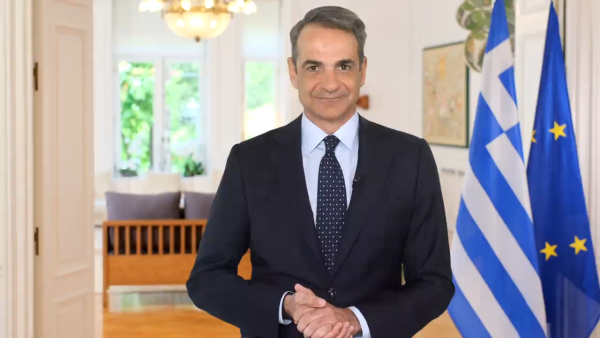
Mitsotakis Unveils €1 Billion Plan for Housing, Pensioners, Public investments
Greek Prime Minister Kyriakos Mitsotakis has announced a new set of economic support measures, worth 1 billion euros, aiming to provide financial relief to citizens.

Alter Ego Ventures Invests in Pioneering Gaming Company ‘Couch Heroes’
Alter Ego Ventures' participation in the share capital of Couch Heroes marks yet another investment by the Alter Ego Media Group in innovative companies with a focus on technology.

Corruption Still Plagues Greece’s Driving Tests
While traffic accidents continue to claim lives on Greek roads daily, irregularities and under-the-table dealings in the training and testing of new drivers remain disturbingly widespread

Pope Francis Died of Stroke and Heart Failure Vatican Confirms
As news of the official cause of death spread, tributes poured in from across the globe. The 1.4 billion-member Catholic Church is united in grief, remembering a pope who championed inclusion, justice, and compassion

Increase in Both Museum Visits, Revenues for 2024
As expected, the Acropolis was the top archeological site in the country, followed by Sounion, Mycenae, the ancient theater of Epidaurus, and Vergina in northern Greece
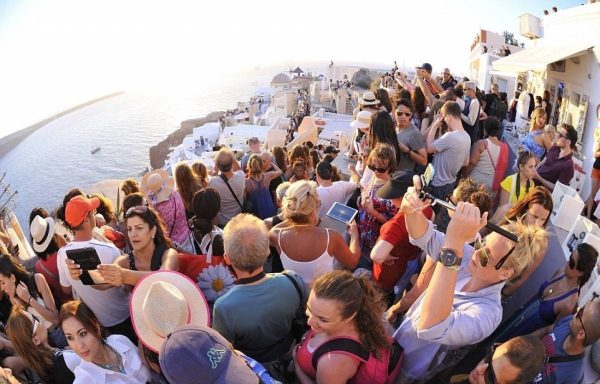
Where Greece’s Tourists Come From: A Look at 2025’s Top Visitor Markets
The United Kingdom continues to hold the top spot as the largest source of incoming tourism, with 5.6 million seats booked for Greece this summer — up 2.2% from last year. This accounts for 20% of all international air traffic to Greece

Pope Francis: A Pontiff Who Reshaped the Papacy and Sparked a Global Conversation
His first words from the balcony of St. Peter’s Basilica—“Brothers and sisters, good evening”—set the tone for a pontificate that would challenge norms, favor mercy over dogma, and bring the papacy closer to the people.

When Blue Skies was Unmasked as ND’s Political ‘Slush Fund’
The fact that so many top New Democracy (ND) party cadres were paid by the firm Blue Skies, owned by Thomas Varvitsiotis and Yiannis Olympios, without ever citing this publicly, raises very serious moral issues, regardless of the legality

Greek Women’s Water Polo Team Top in the World after 13-9 Win Over Hungary
The Greek team had previously defeated another tournament favorite, the Netherlands, to reach the final.

S&P Raises Greek Rating; BBB with Stable Outlook
S&P’s decision raises the Greek economy to the second notch of investment grade ladder, at BBB with a stable outlook.











![Πλημμύρες: Σημειώθηκαν σε επίπεδα ρεκόρ στην Ευρώπη το 2024 [γράφημα]](https://www.ot.gr/wp-content/uploads/2025/04/FLOOD_HUNGRY-90x90.jpg)


![Ξενοδοχεία: Μεγάλο το ενδιαφέρον για επενδύσεις στην Ελλάδα – Η θέση της Αθήνας [γραφήματα]](https://www.ot.gr/wp-content/uploads/2025/03/Athens-hotels-90x90.jpg)


![Airbnb: Πτωτικά κινήθηκε η ζήτηση τον Μάρτιο – Τι δείχνουν τα στοιχεία [γράφημα]](https://www.ot.gr/wp-content/uploads/2024/07/airbnb-gba8e58468_1280-1-90x90.jpg)











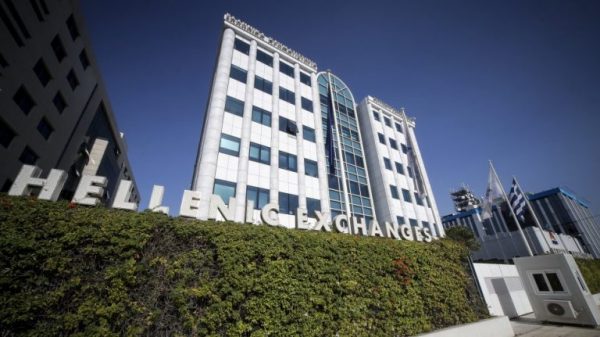

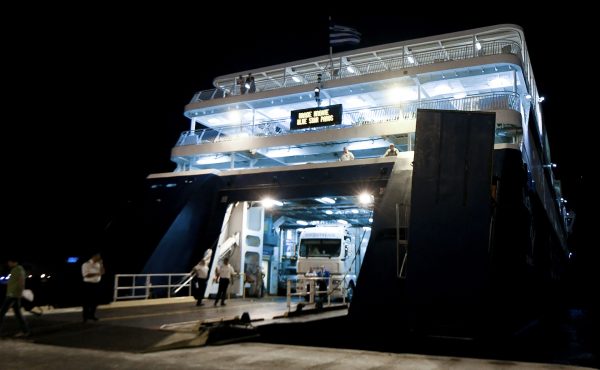

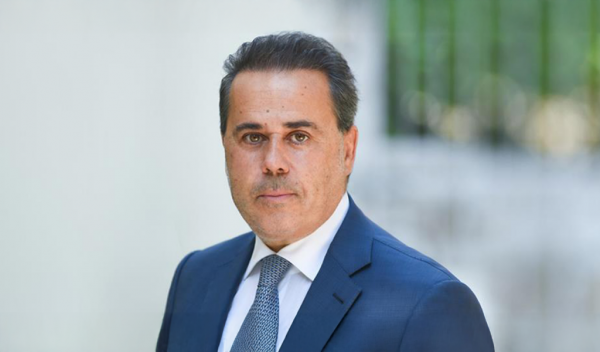

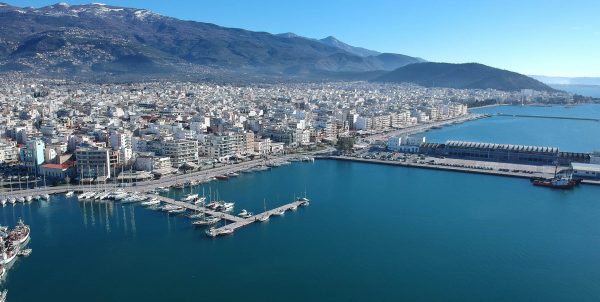


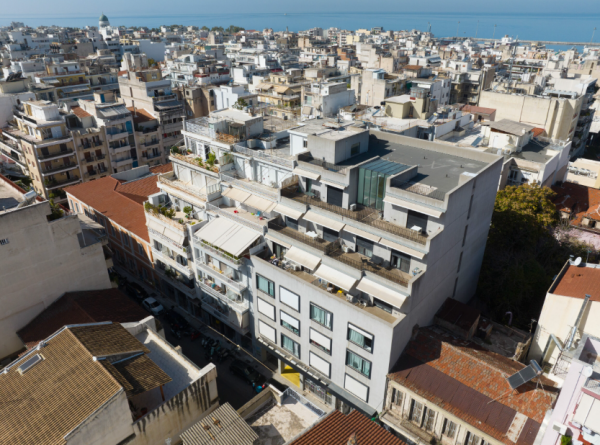
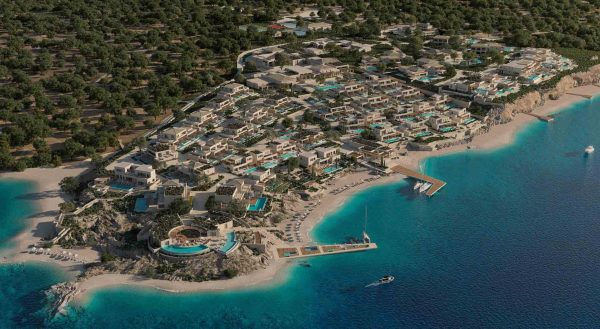

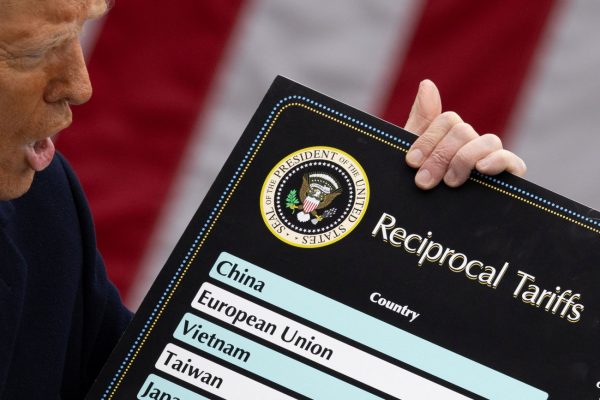
 Αριθμός Πιστοποίησης
Αριθμός Πιστοποίησης